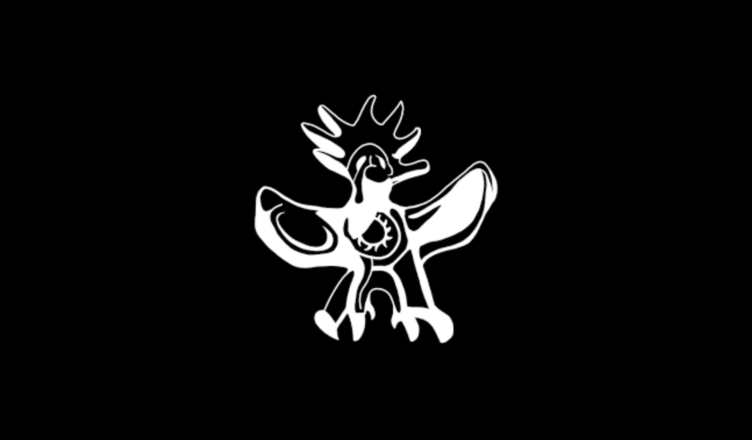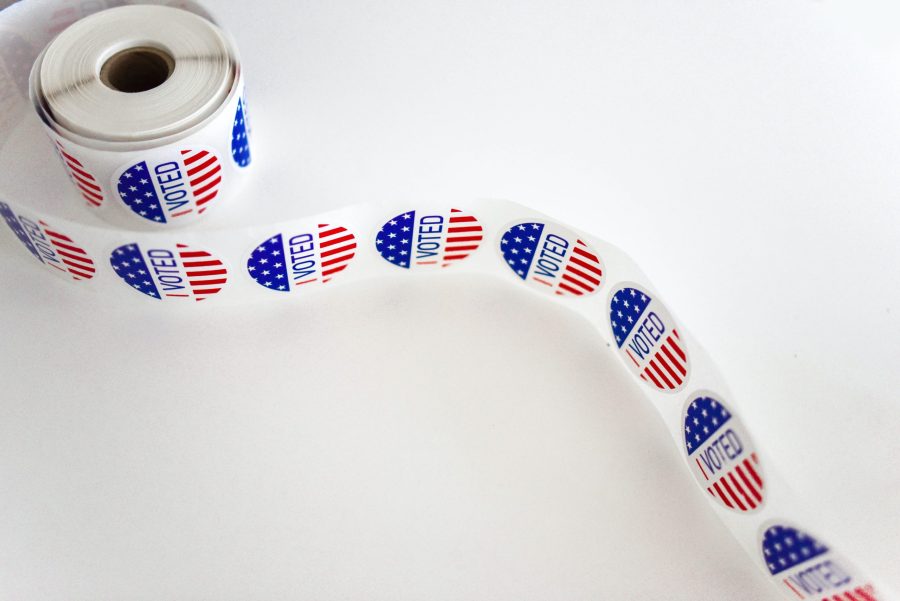As augmented reality becomes more popular, genetic engineering makes breakthroughs in medicine and autonomous cars take the industry by storm, it is needless to say that technology is making profound cultural and historical impacts. Yet, the immense presence of tech in our lives brings confusion surrounding how the users can respond to its negative implications. Either we connect to the world and get sucked into our gadgets, or we disconnect and lose the benefits of instant networks. As technology is designed with the intention of keeping users addicted, users are psychologically coerced into engaging in the mania. Improvements in design principles, as well as critical measures that companies should take to protect users from addiction, are top priority.
Addiction to technology is described as an impulse control disorder, and its pervasiveness in modern society is only growing. As noted by the Kaiser Family Foundation in a 2013 study, 75 percent of children under 8 years old have access to a mobile device. Technology has also been the focus of health research, particularly regarding its net negative impact. The American Academy of Pediatrics has produced guidelines to help children avoid emotional health issues, poor sleep quality and obesity due to technology abuse. However, a recent paper published by UCSD researchers asserts that time spent on Facebook could be associated with longer life due to the positive effects of social interactions. The vast amount of research on this topic further exemplifies our view of technology as a cornerstone of health, and design improvements are more urgent than ever, given its lasting prevalence in our lives.
Many contend that new technology is merely another form of entertainment and is criticized simply because of its novelty. People eventually adapt. However, because technology is unique in that it is designed to be addictive, companies have an ethical obligation to protect users from abuse. The Atlantic, in discussion with design ethicist and co-founder of advocacy group Time Well Spent Tristan Harris, describes the persuasive tactics of tech as equivalent to “pumping sugar, salt, and fat into junk food in order to induce bingeing.” Silicon Valley veteran Josh Elman even compared the tech industry to the tobacco industry: willing to fuel addictions while inflicting serious damage to consumers’ health. The philosophy behind new design standards should be simple: help users accomplish their goals while simultaneously being able to disconnect without anxiety. Unfortunately, most technology is designed with another intention in mind: addiction.
Most technologies, from gaming to social media to email, implement the Hook Model, which actively creates habits for users to continue using the product and get “hooked.” Harris explained this model further, stating that in order to respond to a friend request, users pass a news feed of photos and auto-play videos. The friend request tab will suggest “people you may know,” and quickly the bright red notifications hook the user through social obligation. One cognitive reinforcement associated with the Hook Model, as studied by psychologist B.F. Skinner, is variable schedule of rewards. Skinner observed that lab mice who received variable rewards ― either a small treat, large treat or nothing at all ― when they pressed a lever, would do so compulsively. Similarly, social media notifications appear on no schedule, so constant checking is inevitable. While time spent on a notification may seem negligible, UC Irvine researchers have shown that, when interrupted, most people take 25 minutes to return to their work.
Shifting the purpose of tech away from addiction is necessary. Such changes to existing models would offer visibility to the users’ abuse of products, lending to consciousness in choices. Harris elucidates several design prototypes on how companies can intervene. One of these is time consciousness, in which your phone alerts you to how you spent your time, such as the number of times you have unlocked your phone in an hour. Harris also specified a “focus mode” to pause incoming emails during important tasks. Ultimately, it should the responsibility of companies to ensure that their software designs are not abusing users.
At the same time, users play a large role in changing mindsets and bringing awareness to technology addictions. Users, in Harris’ words, should get “riled up about the ways they’re being manipulated.” Users could also implement conscious efforts to reduce device use. Many technology moguls are notoriously low-tech as parents. According to The New York Times, Steve Jobs, former CEO of Apple, would not allow his young children to use an iPad, and Chris Anderson, chief executive of 3D Robotics, instituted time limits and parental controls on devices. Ali Partovi, co-founder of Code.org, emphasized the distinction between “consuming,” such as watching YouTube or playing games, and “creating,” such as making computer art, editing movies or programming. This distinction is key in why it is so difficult to consciously disengage from technology. With so much to offer, technology has incredible power. Yet, the choice between connecting and disconnecting does not have to be black and white. Instead, we can be deliberate in our decisions and hold value to the time spent on our devices.












